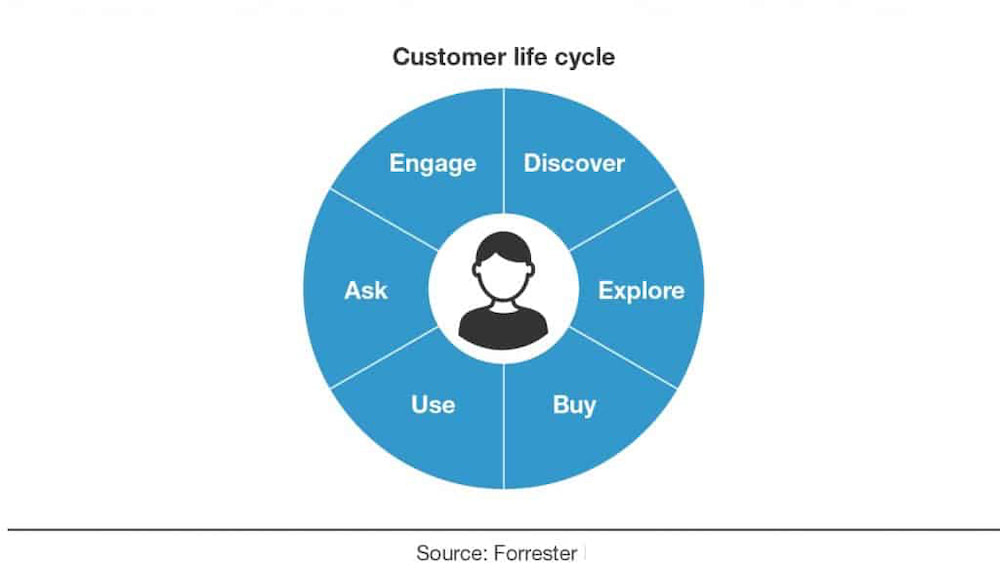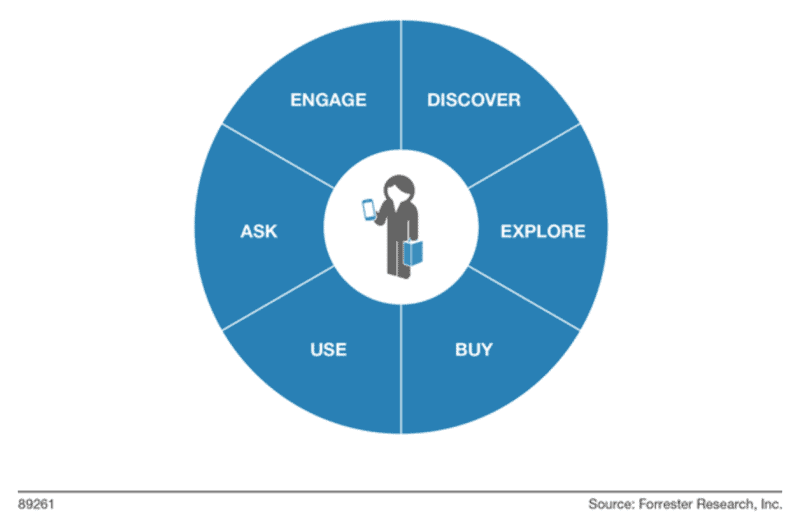Post-sales experience – one size doesn’t fit all

Contents
The time between placing an order and receiving a package, known as the post-sales experience, is a prime opportunity to re-engage your customers. Brands worldwide across every industry are missing out on this. Last week, parcelLab hosted a webinar lead by CEO Tobias Buxhoidt, joined with guest speaker Emily Pfeiffer, Senior Analyst at Forrester.
During the webinar – Optimising the Post-Purchase Experience to Fuel Continued Engagement – we shared tips on how to provide a branded, controlled, relevant post-sales experience that excites customers and increases loyalty.
The post-sales experience from your customers perspective…
How do your customers feel during your post-sales customer experience? Unlike buying in-store, there’s no instant gratification. No friendly smile at the checkout and no immediate tangible reward. So what do you do to match up to those in-store perks? Unfortunately, most just send a confirmation email and disappear.
Brands know by now that Customer Obsession is mandatory, but it shouldn’t stop when the customer clicks “buy”. In fact, Forrester’s six stages of the customer lifecycle should be viewed as an infinite loop. “It’s a natural thing that if you keep engaging with the customer, a certain percentage will engage and buy something else in the long term. If you are controlling those touchpoints and are connecting with them, the likelihood is that they will come back,” Buxhoidt said.
 Forrester’s six stages of customer life cycle
Forrester’s six stages of customer life cycle
“You worked so hard to win the sale so don’t lose momentum when you get that first date,” said Pfeiffer. “When you win that engagement and take that next action, you’re staying relevant and delivering value. You’re not just asking them but telling them something they want to hear. Every single touchpoint is engagement and a way to feed into that loyalty. Controlling the experience at every stage of the lifecycle allows them to loop back around.”
Highlighting the need for customer expectation management, Pfeiffer cited Forrester statistics which showed that 70% of customers are less likely to shop with a retailer again if an item is delayed and the retailer fails to inform them of the delay.
Your communication is truly valued by your customer
“In the post-sales experience you are communicating something that’s of value,” said Buxhoidt. “If you connect shipping communications, which can garner open rates of 300-400%, with relevant content that is clickable, this allows you to be more precise and take the customer experience to a new level.”
The period between placing an order and receiving a package is the prime opportunity to re-engage the customer through a branded, controlled, relevant experience that adds value for the customer. “When a retailer puts a link in front of me that dumps me onto a carrier, it doesn’t make you feel, as a customer, taken care of. What’s worse is when that dead-end link doesn’t offer any information. Either way, this is a very dead end.”
Aim to predict your customer’s mood and frame of mind!
“Consider the customer’s mood,” said Buxhoidt. “In post-sales communication, it might be a good moment to say sorry and offer them a coupon. Show that you truly care about them. Things sometimes go wrong, it happens. You can be super specific and personalised to create a certain engagement that gives you the result you’re after.”
“It all comes down to customer requirements and customer expectations,” said Buxhoidt. “Making sure you are treating every online customer like you would offline, even if things don’t go to plan you can still get the best out of it. If you start communicating with them yourself, you can start to define how this looks and can control and define what every customer journey will look like.”
Take control, become a pro-active brand! Deliver a great post-sales experience too
“You know exactly who the customer is, what they bought, you might even know that customer from before,” he added. “By taking control of the post-sales process and monitoring what’s happening, you can become a proactive brand. This turns into trust. Show them you are there for them. It’s not just about the product anymore. You want customers to connect with you as a brand. They remember the experience they had and they come to you because there’s trust, there’s a relationship.”
But Buxhoidt warned: “One size doesn’t fit all. You need different approaches for different customer segments and different customer groups. Going to every single customer, knowing who they are and what they want, that’s where true personalisation comes into play. It’s about helping the customer,” he said. When you make customers happy, it pays off.
Based on data from more than 500 brands that parcelLab works with globally, Buxhoidt referenced three key statistics: 90% increase in repurchasing rate; 55% increase in customer satisfaction; and 25% decrease in customer enquiries.
“It’s so important to take the customer perspective – it might not be relevant if you don’t know what the customer expectations are,” concluded Buxhoidt. “Use the information you have to trigger a message. You need to put yourself in the consumers’ position to understand what they want, differentiate and communicate your own brand story and values in post-sales experienced and communications.”



